The WHO defines FGM as “all procedures involving partial or total removal of the external female genitalia or other injury to the female genital organs for non-medical reasons.”
Types of Female Genital Mutilation
• Type I refers to the partial or total removal of the clitoris and/or the prepuce (clitoridectomy).
• Type II involves the partial or total removal of the clitoris and the labia minora, with or without excision of the labia majora (excision).
• Type III refers to the narrowing of the vaginal orifice with creation of a covering seal by cutting and appositioning the labia minora and/or the labia majora, with or without excision of the clitoris (infibulation).
• Type IV covers other harmful procedures to the female genitalia for non-medical purposes, for example: pricking, piercing, incising, scraping and cauterization.
What are the consequences of Female Genital Mutilation?
Short Term complications:
Traditional practitioners often perform the procedure in poor sanitary conditions using razor blades, knives or bits of glass to cut the delicate tissue. Lack of hygiene may lead to severe infections and sepsis. The severe pain can cause shock. Other What are the consequences of Female Genital Mutilation? complications are tetanus, urine retention, ulceration of the genital region and injury to adjacent tissues. Furthermore, important blood loss can result in death.
Long term complications:
In the longer term many women experience birth complications (for example obstetric fistula, C-sections, tearing), menstrual problems, painful sexual intercourse, HIV/AIDS, repeated FGM due to unsuccessful healing, keloid formation, psychological trauma and infertility. Many women might not be aware that the health problems they experience later in life are related to FGM and therefore they go unreported.
The reasons advanced for the persistence of Female Genital Mutilation
The reasons for the continuation of FGM vary according to the socio-cultural context where it exists. The most commonlly used justifications are:
Moral or religious values
Maintaining virginity, bride price and family honour
Anatomic/aesthetic judgements
Need for social integration
Prevention of child mortality
Hygiene reasons
Useful information about FGM
Eliminating female genital mutilation: An interagency statement (2008)
by OHCHR, UNAIDS, UNDP, UNECA, UNESCO, UNFPA, UNHCR, UNICEF, UNIFEM, WHO
This new Interagency Statement is written and signed by a wider group of United Nations agencies than the previous one, to support advocacy for the abandonment of female genital mutilation. It is based on new evidence and lessons learnt over the past decade. It highlights the wide recognition of the human rights and legal dimensions of the problem and provides current data on the prevalence of female genital mutilation. It summarizes findings from research on the reasons why the practice continues, highlighting that the practice is a social convention which can only be changed through coordinated collective action by practising communities. It also summarizes recent research on its damaging effects on the health of women, girls and newborn babies. Drawing on experience from interventions in many countries, the new statement describes the elements needed, for both working towards complete abandonment of female genital mutilation, and caring for those who have suffered, and continue to suffer, from its consequences.









